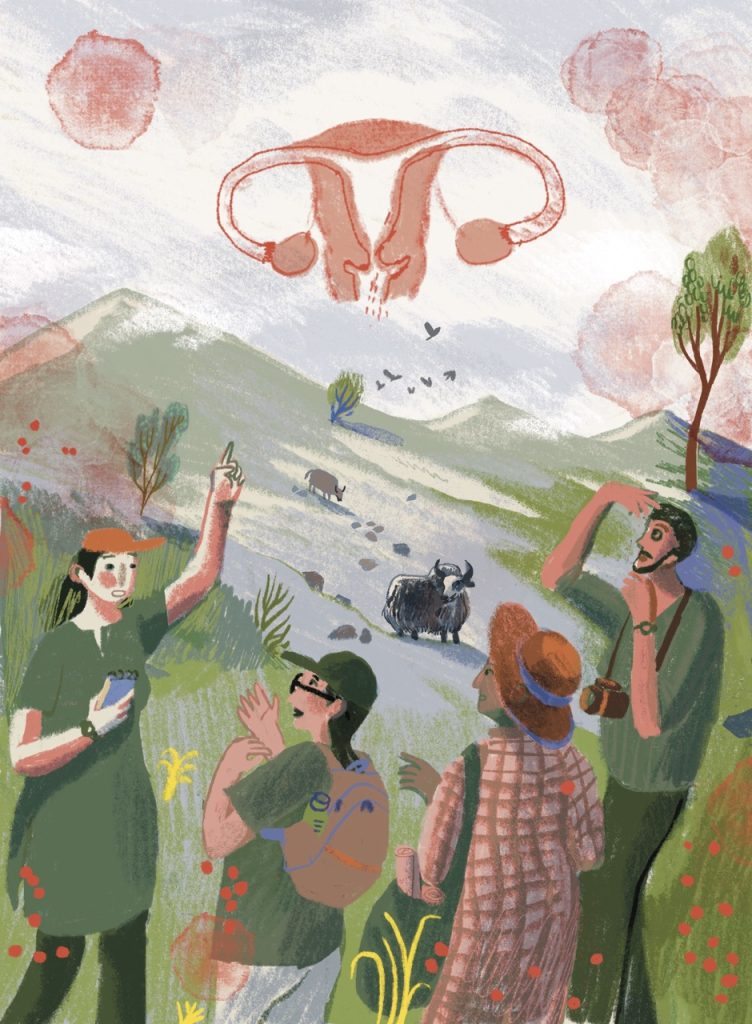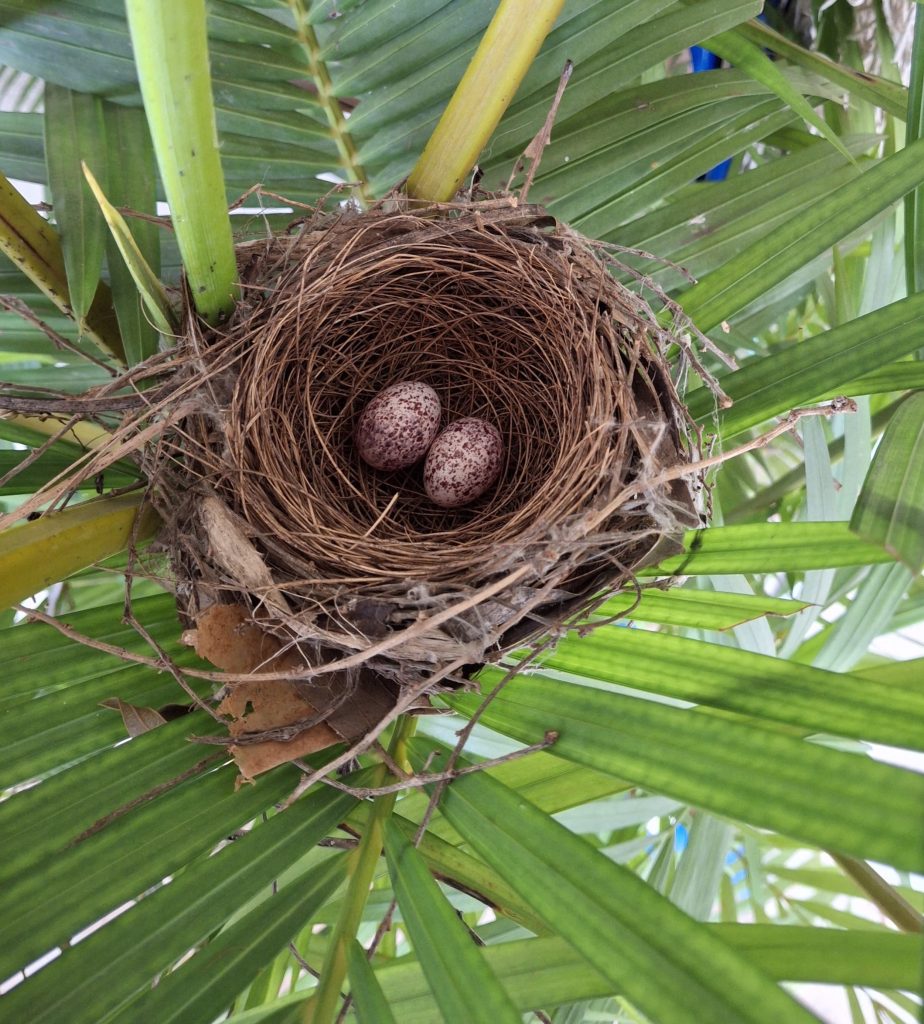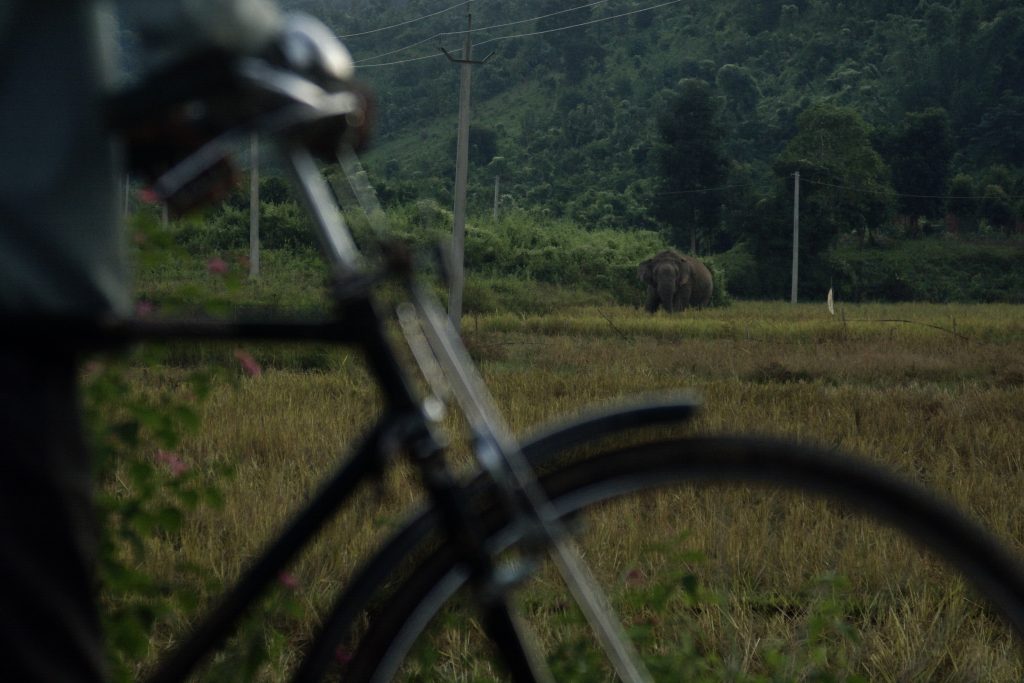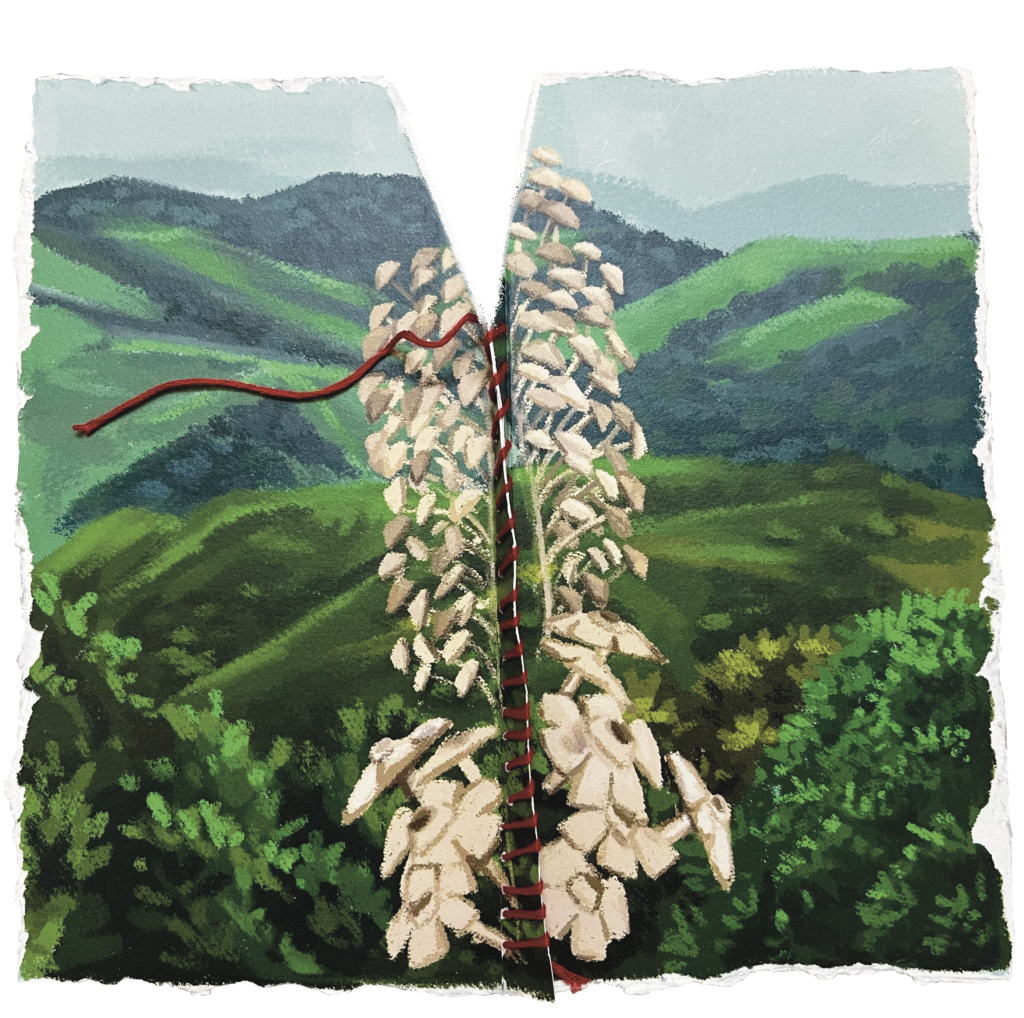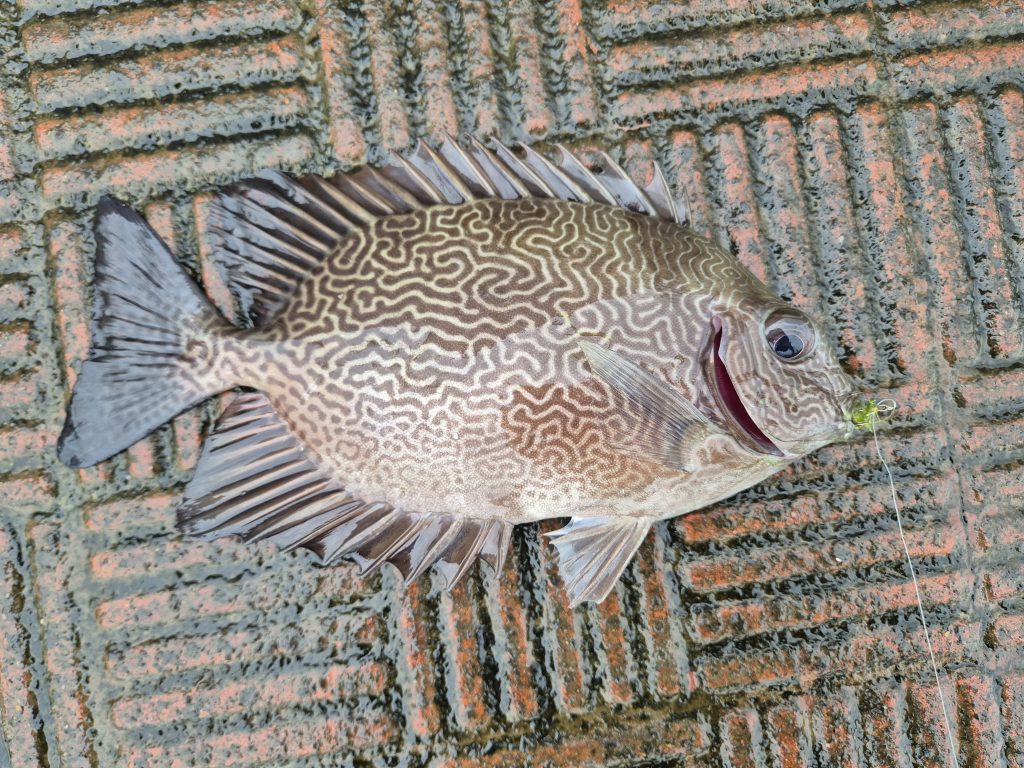Asiatic wild dogs (dholes) are group-living carnivores found in the forests of South and Southeast Asia. They are generally shy, elusive, and very sensitive to human disturbance. But in the Valparai plateau of India’s Western Ghats, they live alongside people in human-modified habitats such as tea and coffee plantations. How do dholes live in such areas? Are they not scared of humans? Have they changed their behaviours and habits to adapt? In a quest to answer these and many other questions, I travelled to Valparai earlier this year to understand the secret lives of dholes in this unique landscape.
Within a week of my arrival in Valparai, I had seen a lot of wild animals including Nilgiri langurs, lion-tailed macaques, gaurs and even elephants living alongside people in tea and coffee plantations. I found myself constantly amazed at the incredible adaptability of these large animals that were living in ‘human spaces’. I started interacting and engaging with the local residents who lived or worked within tea and coffee estates, almost incessantly enquiring about their last dhole sighting or their knowledge about the dholes’ movements and whereabouts.
The contrasting accounts left me rather surprised. One person reported seeing dholes 13-14 times in a year, while their neighbour had never seen a dhole in the 10 years they had lived in that area. People’s accounts of dhole sightings and their enthusiasm in sharing information about the species was heartening. Most were amazed at how well co-ordinated a dhole pack was and how well they communicated with each other to bring down large prey such as sambar deer.

Often overshadowed by other charismatic species they co-occur with, dholes have largely been overlooked in terms of research and conservation. This was also evident in my conversations with the people of Valparai. At the end of each conversation, they would almost invariably ask me if I also wanted information about leopards or elephants. When I told them that I was only looking for information on dholes, I would get puzzled looks; they would even ask, “Why do you want information on dholes when there are so many leopards and elephants here?” Some would admit that they have only ever had researchers ask them about leopards and elephants, but this is the first time someone is asking them about wild dogs.
Dholes are listed as ‘Endangered’ by the IUCN and their populations have experienced significant declines across their range. Their largest population occurs in India, and so far, most research on dholes here has focused on populations inside protected areas.
Based on the information I gathered from the local residents, I started looking for signs of dhole movement (scat and tracks) in areas where they frequented. Initially my instincts told me to look for signs in locations closer to forest fragments because there was no way that dholes would venture too close to places where humans lived or worked. Subsequently, I started combing the plantations—tea bushes, swampy areas with small streams adjacent to forest fragments and grounds that had been cleared for annual football tournaments.
I found dhole scats in all these locations, as well as along the roads of tea estates that were heavily used by plantation workers. Despite having heard of high dhole activity in these areas, I was still very surprised at what I was seeing. Apart from dhole scats, I also found signs of leopards, sloth bears, elephants, and gaurs on these same paths. The people in Valparai were sharing space with big carnivores and mega-herbivores on a daily basis.

It had been almost three weeks since I had arrived in Valparai. I had seen a lot of dhole signs all over the landscape, but the dholes themselves continued to elude me. I connected with local naturalists who took me to more locations where they had frequent dhole sightings. Again, I found an abundance of indirect signs but no dholes.
One morning in the last week of January, we were in the eastern part of the plateau where the dholes had killed a sambar around two weeks earlier. As I meticulously inspected the skull of the sambar, I felt a bit restive, wondering if I would see any dholes in Valparai at all. At that very moment, my field associate received a phone call about a sighting of a pack feeding on an ungulate inside a dam around 20km away. It would take us 40 minutes to get there, and the dholes would have probably finished their meal and moved on by then. But that was a risk we were willing to take; we were desperate.
As expected, yet to our disappointment, we missed seeing the dholes by the time we reached. Upon inspecting the kill site, we found the damp soil covered in fresh tracks of several dholes and a sambar. We suspected that there had been a chase before the hunt in that location. As we followed the tracks, our suspicions were confirmed when we found the extremely well-camouflaged carcass of the sambar that the dholes had been feeding on. Luckily, there was some meat still left on the carcass, which meant that the pack would likely come back to finish it off.
Dholes are diurnal animals, with peak activity at crepuscular hours (i.e., dawn and dusk). It was presently getting hot with the sun looming high, roasting up the open, dry reservoir bed. We decided to return to the site at around 4pm. Later that day, stationed on an elevated path that overlooked the dam, we eagerly waited. An hour passed and the sun started to set. The air around us cooled down but there was no sign of the pack. Minutes later, I felt a tap on my shoulder and my field associate excitedly pointed at the path below. A single dhole went trotting towards the sambar kill. Within seconds, seven more dholes followed. We watched in fascination for 20 minutes, as they tore into every last bit of meat from the carcass. Once they finished their meal, they headed back to the tea bushes where they had emerged from. And with that, I had seen my first ever dhole pack in Valparai.
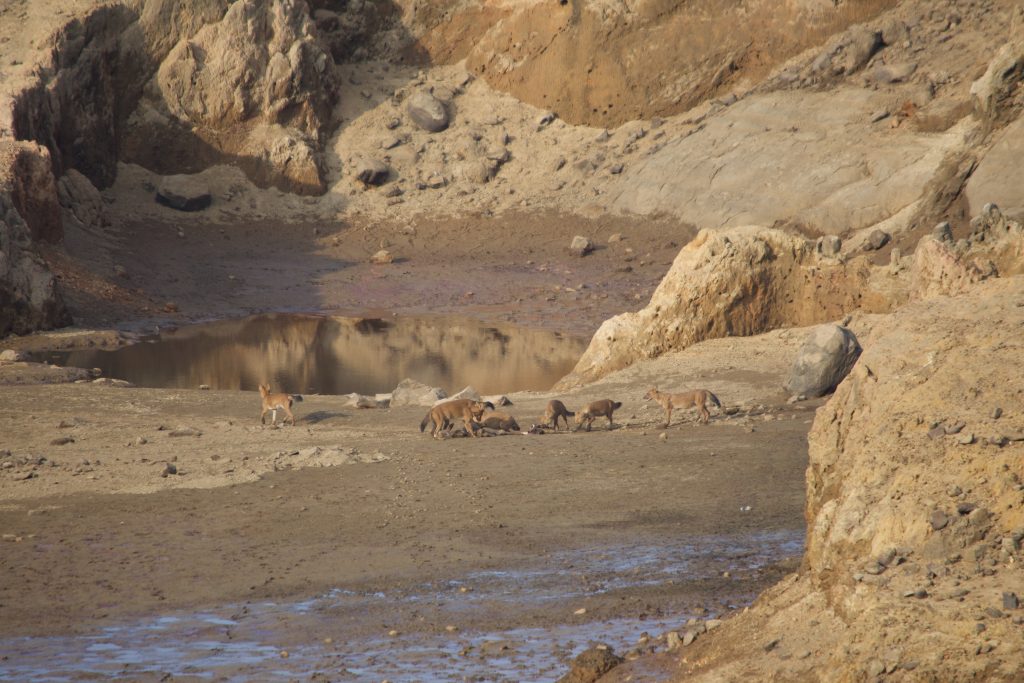
A mere five minutes after the dholes had disappeared, a tea estate worker walked down the same path, completely unaware that they were treading the same path that a pack of carnivores did, just moments ago. Agroforests like coffee and tea plantations have been predicted to play an important role in maintaining connectivity between source populations of dholes in the protected areas of the Western Ghats. In Valparai, these habitats are doing more than just maintaining connectivity; they are providing space for dholes to live, hunt, rest and reproduce. The sighting left me feeling excited about finding out the myriad ways in which wild dogs are adapting and cohabiting the landscape with the wonderful people of Valparai. This project is part of Wildlife Conservation Society-India and The Dhole Project’s efforts to conserve dhole populations in India.

